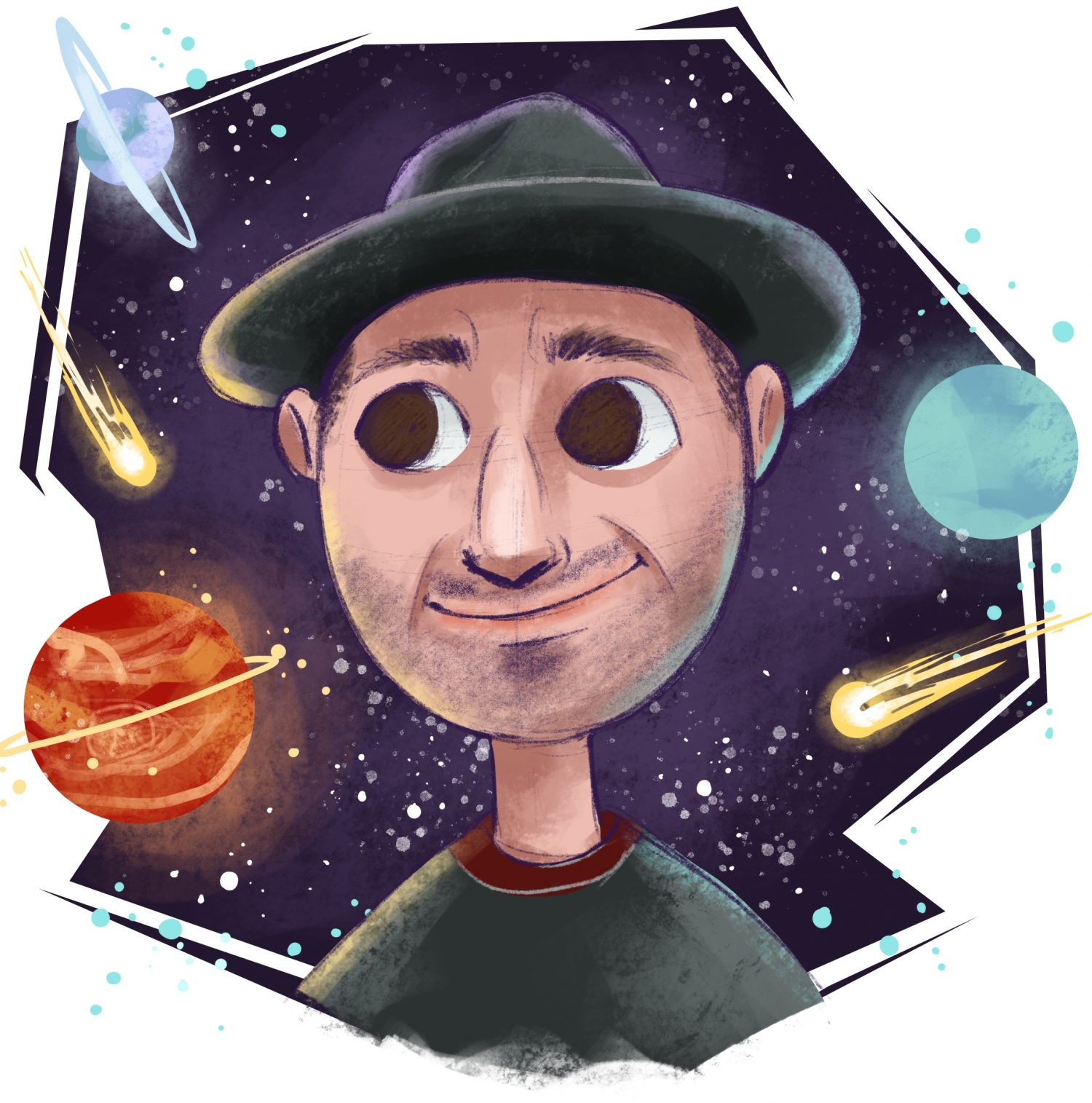‘I mean, it wouldn’t sound good if it was called bumpy head or bubble nose or whatever.’
Four young boys embark on a strange trip back through the epochs of prehistory when they find an underground river in a secret cave. Their journey becomes a mixture of a grand adventure and a struggle for survival when their boat is wrecked by an unseen creature…
Unusual children’s film featuring the groundbreaking FX work of director Karel Zeman. He’d already made his mark in the Czechoslovakian movie industry with a series of short films, but this was his first attempt at a project of feature-length. Here, he combines model work, animation and stop motion techniques to create a prehistoric world that’s quite an achievement, given the vintage of the project.
Young boy Petr (Josef Lukás) is reading his logbook, reviewing the fantastic adventure he enjoyed over the summer with friends, Toník (Petr Herrman), Jenda (Zdenek Hustak) and Jirka (Vladimír Bejval). When the latter unearthed a fossilised trilobite, the others promised to show him a living specimen. So the quartet embarked in a rowboat down an underground river in a hidden cave. There’s no lead up to any of this action; we’re not told where the children are, how they found the cave, or how it can take them back into prehistory. When the film was released in America, a new opening sequence was shot with four young lookalike actors visiting the Museum of Natural History in New York and then rowing out on Central Park Lake, where they find the cave.
Once they emerge from the other end of the cave, our intrepid quartet finds themselves trying to row through the pack ice of the Ice Age, but expedition leader Lukás is confident it will disperse, much to the relief of the impatient Bejval. Here it becomes clear that the river is a way back through the geological ages of the planet, rather than a doorway to one specific time in Earth’s past. Lukás even has a map folded up in his precious notebook.
As the ice breaks up, Bejval’s spots a woolly mammoth grazing on the shore nearby. This is the first appearance of one of Zeman’s creatures and a mighty impressive animal it is, the smooth flow of its movements even surpassing those of Ray Harryhausen’s more familiar menagerie. It must be acknowledged, however, that these movements are far more limited in comparison. There’s a switch to full animation when actual locomotion is required, although it’s still artfully delivered.
The boys’ next discovery is a caveman’s hideout, complete with jawbone weapon and wall paintings, although the occupant is nowhere to be found. From there, our explorers meet a whole series of creatures, more familiar ones at first such as flamingos, giraffes and elephants, before the river takes them back to more monstrous times. There, they find themselves ringside at a fight between a T Rex and a Stegosaurus (makes a change from a Triceratops, I suppose). Unfortunately, despite its armour, the herbivore comes off badly and expires soon afterwards. The event gives our heroes their one chance of a close encounter with a dinosaur, and they examine and clamber over the corpse in one of the film’s most memorable scenes.
However, it’s around this point that some of the film’s shortcomings start to become apparent. The relationships between the characters are never clearly established, and no mention is made of their home lives or parents. We’re never even told if any of them are related to each other, although you might assume that to be the case, given that Bejval is a few years younger than the other three. There’s also Lukás constantly identifying all the flora and fauna they encounter and writing everything in his logbook.
Eventually, the inescapable conclusion is that this film is intended to be educational as much as entertaining. There’s a distinct possibility that it was designed as a learning tool, perhaps even to be shown in schools. This would explain why nothing in the story is ever explained, and the plot, such as it is, dissolves into a series of encounters with various prehistoric creatures. These have little dramatic weight because there is no developing plot. The destruction of the quartet’s boat suggests that things are hotting up, but, ultimately, the event has no significant consequences.
Of course, it is the SFX that merit attention and admiration today. Most of the dinosaurs were modelled after the paintings and drawings of celebrated Czech artist Zdenek Burian, and Zeman’s skill brings them to life in a way that was remarkable for the time. He presents us with an impressive Trachadon, a Brontosaurus, a Styracosaurus and a group of Pteradons and some of the composite shots where they share the frame with our young heroes are very well done. Those which feature a model of our rowing quartet have stood the test of time somewhat less persuasively, though.
Within a few years, Zeman had created the outstanding feature ‘The Fabulous World of Jules Verne/The Deadly Invention’ (1958), which boasts a seamless mix of live-action and animation. It still holds up superbly over half a century later and has been unjustly neglected. Later projects included ‘The Outrageous Baron Munchausen/Baron Prásil’ (1962) and a return to his Verne obsession with the somewhat less dramatically satisfying ‘On The Comet/Na komete’ (1970). Unfortunately, although acknowledged by professionals in the animation field, he is not well-known to the general public, an oversight that ought to be remedied.
Squarely aimed at children with a thirst for knowledge, Zeman’s first feature may fall short in its dramatic respects, but it’s still a fine showcase for his skills as an SFX artist, model maker and animator.






Journey to the Beginning of Time – scifist 2.0